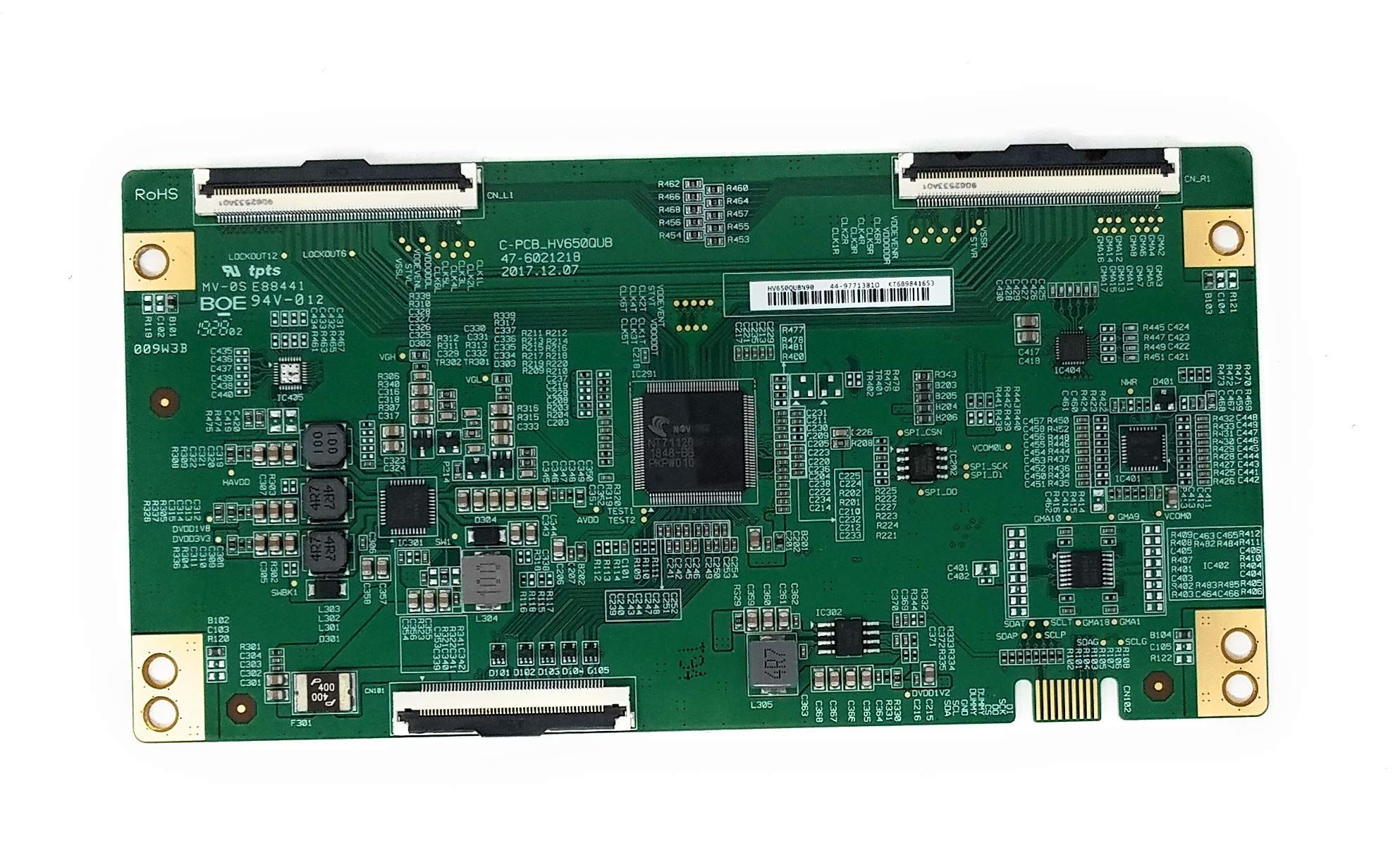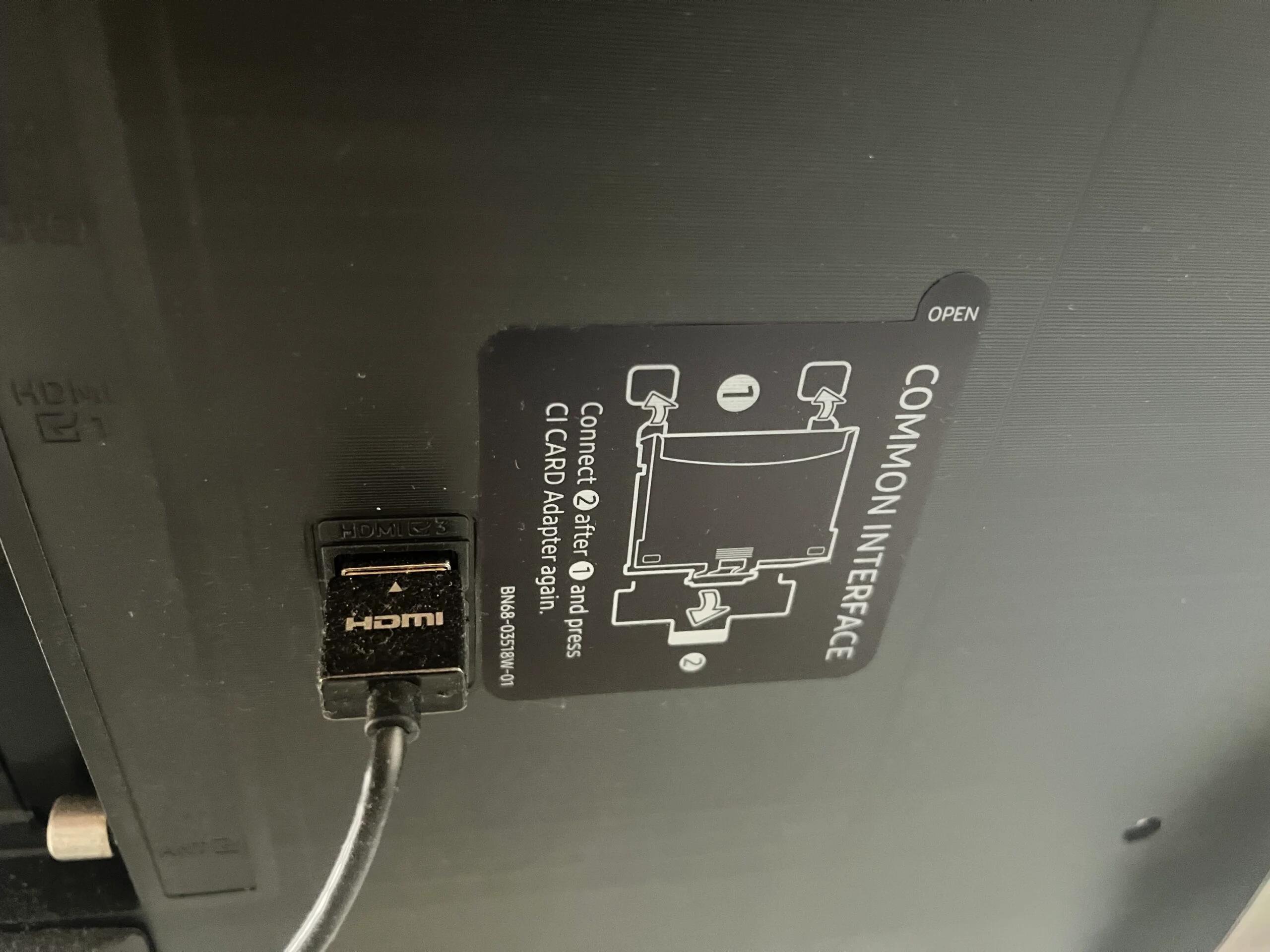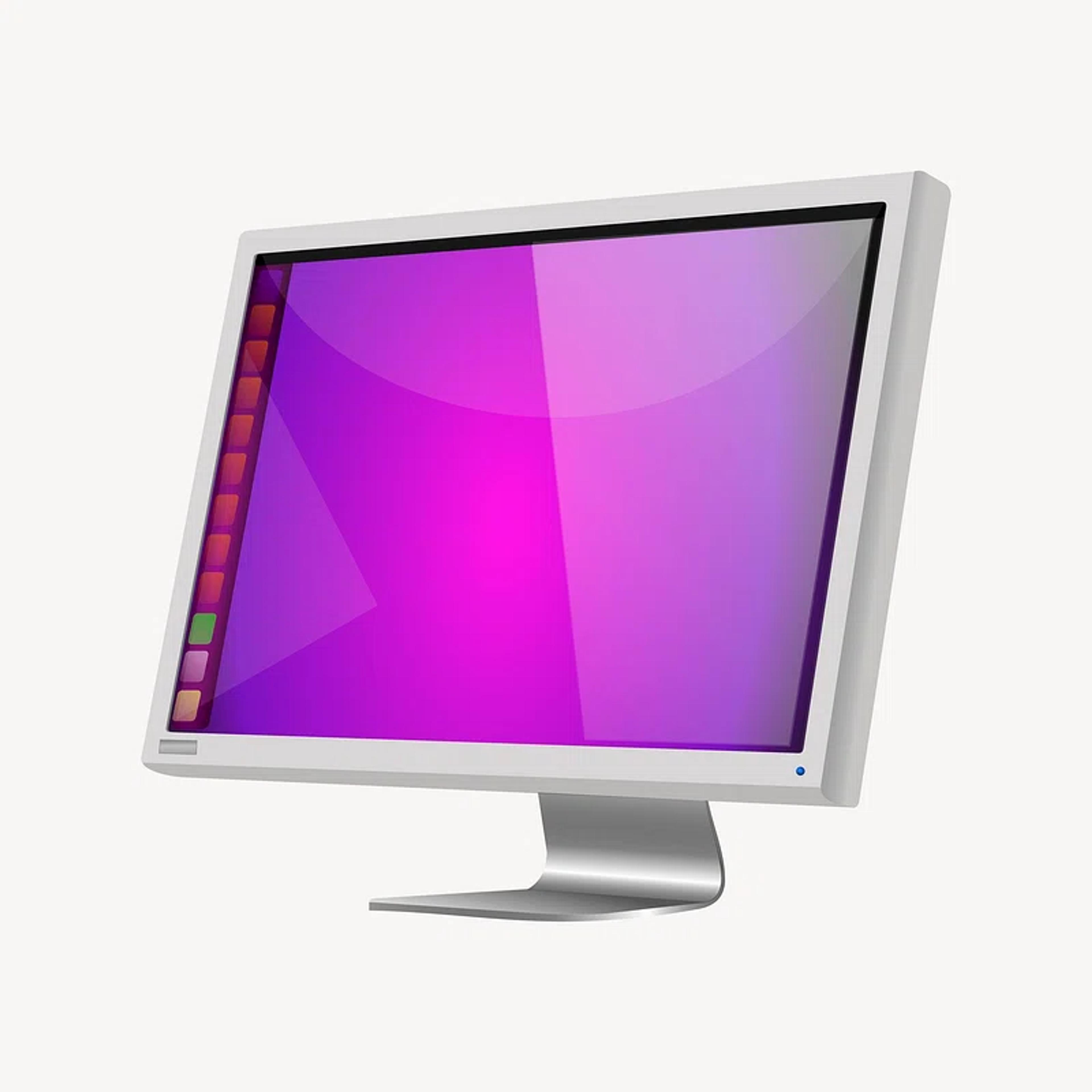Your Element TV screen might turn pink every once in a while, which isn't usual. This strange pink color could mean that something is wrong with your TV. Most TV screens show colors like blue, green, red, and others.
A pink screen, on the other hand, means something is wrong. Several things that could cause this color change relate to issues with the display hardware, the connections between devices, or even the settings on your TV.
Before taking any action, it's essential to understand the root cause of the problem. If you need clarification on why your Element TV screen is pink, it might be a good idea to seek advice from a technician or refer to the TV manual for troubleshooting tips.
What Causes a Pink TV Screen?
A pink TV screen might seem strange, but there are reasons behind it. Let's break down what causes it.
Loose Cables: Sometimes, the cables connecting your TV to other devices must be correctly plugged in. If the cable carrying the video signal isn't connected securely, it can result in a pink screen.
Color Settings: Your TV's color settings could be off. The screen can appear pinkish if the red color is too dominant or the blue and green are weak.
Hardware Issues: Inside your TV, some components control the colors displayed on the screen. If any of these components malfunction or degrade over time, it can cause the screen to turn pink.
Compatibility Problems: If you've recently connected a new device to your TV, there might be compatibility issues. Different devices use different color formats, and if they don't match up with your TV's settings, it can lead to color distortions.
Electromagnetic Interference: External factors like nearby electronic devices or magnetic fields can sometimes interfere with your TV's display, causing it to turn pink or display other abnormal colors.
Physical Damage: Accidental bumps or falls can damage the internal components of your TV, affecting its ability to display colors accurately.
Testing for a Bad T-Con Board
Testing for a bad T-Con board is essential if your TV is malfunctioning. The T-Con board, short for Timing Control board, is crucial in ensuring that the right images appear on your TV screen at the right time.
To test if it's faulty, you can start by examining the screen for any unusual patterns, distortions, or flickering images. Additionally, you can connect different devices to see if the problem persists across multiple sources.

You can also open your TV and look at the T-Con board for damage or burn marks if you know how to work with electronics. However, if you need more clarification, it's best to seek assistance from a qualified technician.
Ruling Out HDMI and Input Issues
When fixing TV problems, it's essential to rule out issues with HDMI and inputs. What's wrong might only sometimes be with the TV itself but with the devices or wires hooked up to it.
First, ensure that both ends of the HDMI cable connecting your TV to other devices are firmly plugged in. If the line is broken or worn out, it could change how the data is sent.

Next, try switching to different HDMI ports on your TV or using alternative input methods, such as component or AV cables, to see if the problem persists.
If the issue persists across multiple inputs or devices, it's more likely to be a problem with the TV itself, and further troubleshooting may be necessary.
Repair or Replace LCD Panels
Deciding whether to repair or replace LCD panels depends on various factors. LCD panels are a critical part of your TV screen, displaying images and colors.
When they develop issues like dead pixels, lines, or discoloration, weighing your options is essential. If the problem is minor and the repair cost is reasonable, fixing the LCD panel might be worthwhile.
However, if the damage is extensive or the repair costs are high, it might be more practical to replace the entire panel or consider investing in a new TV altogether.
Consulting with a qualified technician can help you assess the extent of the damage and make an informed decision about the best course of action for your TV.
Troubleshooting Loose or Damaged Cables
- Troubleshooting loose or damaged cables is crucial for resolving TV problems.
- Cables connect various devices to the TV, ensuring smooth transmission of audio and video signals.
- Start by examining all wires connected to the TV, including HDMI, components, and power cables.
- Ensure that cables are securely plugged in at both ends.
- Look for any signs of wear, fraying, or damage along the length of the cable.
- Consider replacing any cables showing signs of damage.
- Check for bends or tangles in the wires, which can affect signal transmission.
- Proper cable management is essential for maintaining optimal performance and minimizing TV issues.
Conclusion
In conclusion, troubleshooting TV issues can be tricky, but understanding the common problems and potential solutions can help you get your TV back on track.
From pink screens to loose cables and damaged components, there are various factors to consider when diagnosing and fixing TV problems.
Remember to start with simple checks like cable connections and settings adjustments before delving into more complex issues like hardware repairs or replacements.
If you need more clarification about handling technical fixes, it's always best to seek assistance from a qualified technician or refer to your TV's manual for guidance.
Frequently Asked Questions
About Hamza Liaqat
Hamza Liaqat, our tech maestro, is a software engineer with a passion for cutting-edge technologies and experience of more than 7 years in tech industry. As the founder of DifferentDaily.com, he navigates the tech frontier, unraveling AI, Blockchain, and Web3 intricacies. Hamza's troubleshooting finesse and commitment to practical solutions make him your go-to guide for all things tech. Welcome to innovation, curated by Hamza Liaqat.


